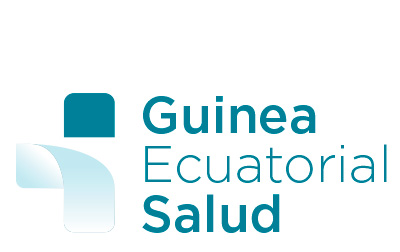
19 Sep The National Technical Committee for Surveillance and Response to COVID-19 reports on the epidemiological situation from September 1 to 15 in Equatorial Guinea

The National Technical Committee for Surveillance and Response to COVID-19 in Equatorial Guinea, under the direction of the Ministry of Health and Social Welfare (MINSABS) and accompanied by the World Health Organization (WHO), has published updated epidemiological data on the evolution of the COVID-19 pandemic in the country for the period between March 13 (date of the first confirmed case) and September 15, 2020.
The figure shows that as of September 15, 2020, 57,119 PCR tests have been performed (54,572 not counting control tests) of which 5,002 have been confirmed as positive for COVID-19 with a cumulative positivity rate of 9.2. This rate has been at 3.9 in the last 7 days. Of the 5,002 confirmed cases, 4,738 have been placed in isolation in hotels or hospitals, 4,509 of them recovered and 83 died (case fatality rate of 1.66, slightly below the average for the African region). The isolated active cases stand at 235. A total of 362 health workers have been infected and 5 have died.
This updated data is available in a situation report in English (SitRep abbreviated). The press conference that was held on September 18, 2020 is part of a practice that has been configured in recent months by the MINSABS of informing the people of Equatorial Guinea of its activities and Government efforts to promote their physical well-being. , mental and spiritual, that is, social welfare. The goal is to provide Equatoguineans with all health information in real time.
MINSABS welcomes the contribution of all technical and financial partners at home and abroad who support their efforts to manage the response to the COVID-19 pandemic. And he wants to thank the United Nations, in general, and the WHO in particular, as well as the Cuban Cooperation and the other partners in the health sector.

